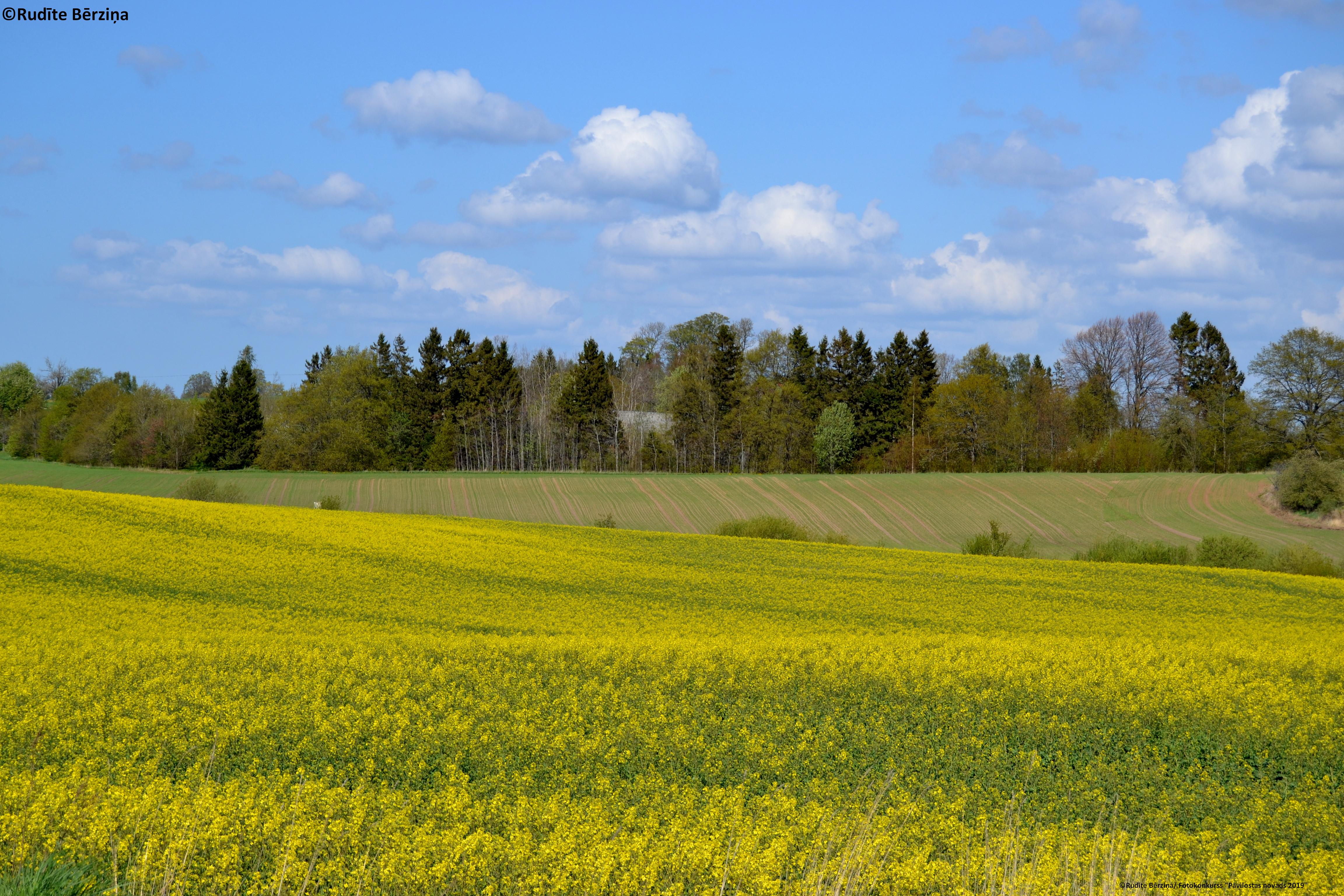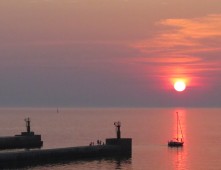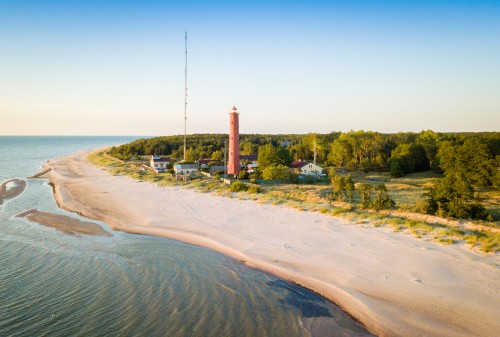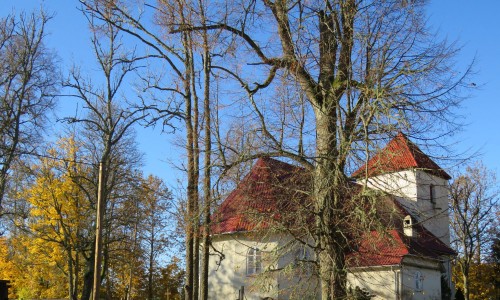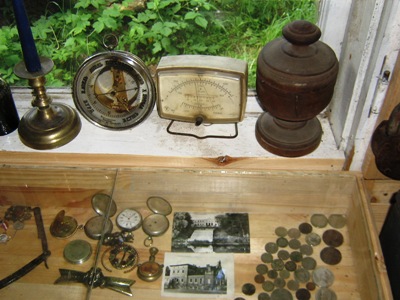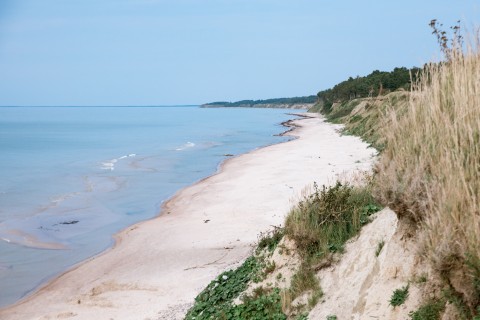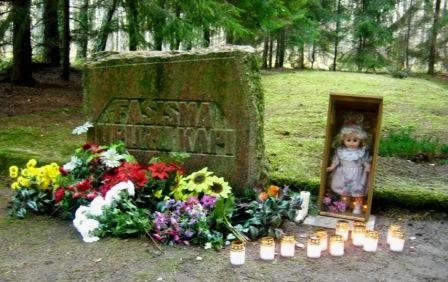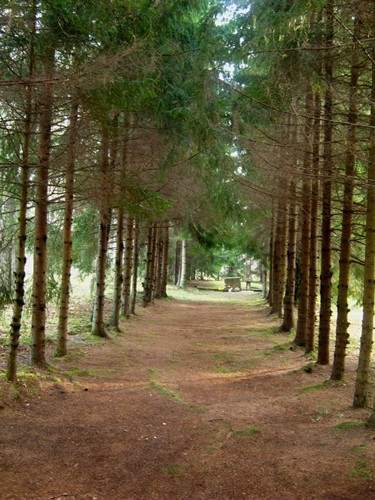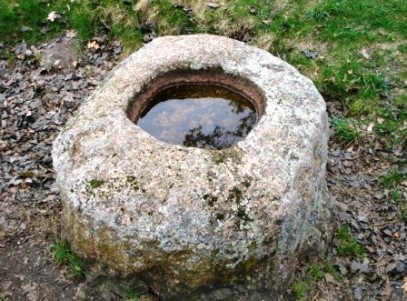Sestdiena, 27.04.2024
Tāle, Raimonda, Raina, Klementīne
Tāle, Raimonda, Raina, Klementīne
Saka parish
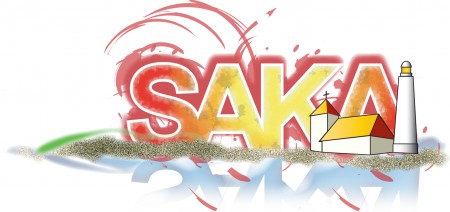
Author: A.Paipa
History of SAKA parish
The name of Saka has been first recorded in 1230. From the second half of the 13th century until the Livonian War Saka is the estate of bishops who have let it out for several times. From the 15th to 18th century Ostenzakeni family have lived in Saka. At the place of confluence of two small rivers - Durbe and Tebra, where the river Saka starts its flow to the sea there is the historical centre of Saka (Saccze) rich in tales and stories with Couronian and Knights’ Castle Mounds, as well as with Saka Leja Evangelic Lutheran Church. During governance of Duke Jacob (1642–1682), a port has been in Saka which was used by traders from Aizpute in their interests. Within a year from 50 to 150 merchant ships entered the port, mainly from Hollland. The active port life was stopped by the Polish – Swedish War. One of the port storehouses has remained until now. Upesmuiža parish was established around 1890 by uniting the small Saka parishes the administrative territory of which has been changed for several times. During the First World War, Akmensrags lighthouse and Ulmale estate were destroyed in the firing of war ships. In the 30-ties of the 20th century, Latgalian families arrived to Saka Grīņi which made about 60 households there. Tragical events took place in Grīņi during the Second World War when the German authority cruelly revenged to the supporters of the Red Partisans. During Soviet times, several collective farms were established within the territory of Saka. Later all of them were joined to the collective farm “Centība”. Saka region is also crossed by the Riva river the wild and virgin banks of which allure nature lovers and fishermen. 70% of the territory of the region is woodland.
Akmensrags lighthouse
+371 28350899
GPS 56° 49" 91' N 21° 03" 43' E
From September 21 till October 5 lighthouse closed for visitors!
The 35 metre high stone lighthouse is the main highlight of Akmeņrags. The first lighthouse was built in this location in 1884, but was completely destroyed during World War I. Rebuilt in 1921, the lighthouse rises above the forest tops again. The Akmeņrags lighthouse stands out among other Latvian lighthouses owing to its location as it is one of the most dangerous places for sailing along the entire coastline of the Baltic Sea. Upon climbing up the threaded stairs consisting of 126 steps, one can enjoy a fantastic view over the sea and the surrounding forests. Information about the unique collection of amber and stones collected by the person in charge of the lighthouse has spread far beyond the limits of Akmeņrags. In 2011, the road to the Akmeņrags lighthouse was reconstructed; in 2013, the internal and external parts of the lighthouse were repainted.
Opening hours:
from April 1 to October 31
Monday- holiday
Tuesday through Sunday. 10 a.m. to 4 p.m.
by prior appointment on other times except Mondays
November 1 to March 31
Monday- holiday
Tuesday through Sunday 10 a.m. to 2 p.m.
Entrence flees:
Adults -0,80 €
pensioners, school pupils and students- 0,35€
Children till 7yrs- free
Prior appointment preferred in any case
Saka – Leja Evangelic Lutheran Church
+371 29124128
(you are requested to register your visit in advance)
It was built around 1560 in the place where Saka port was located earlier. The church is decorated by a ship model which is more than 170 years old. People believed that it protects mariners from a shipwreck. There are only a few churches in Latvia where a ship model is raised to an honourable position.
Artefact storehouse “IEVLEJAS”
A storehouse of the cultural heritage of Saka region. Various ancient tools may be seen, as well as other household articles,
Strante – Ulmale Steep Coast
It spreads within the length of several tens of kilometers and its height reaches even 16m in some places. The steep coast consists of sand and clay, therefore it is dangerous to walk on its laps, as well as be under them because landslides may form. During a storm the waves rush across the beach and gnaw in the steep coast, therefore, the sea annually regains a piece of land.
Jewish cemetery in Grīņi Reserve
+371 29226273, +371 26424920
(the Grīņi Reserve may be visited together with the local guide)
At the Liepaja - Ventspils road, where is Grīņu reserve, on the north coast of river Karpa is a sign „Fašisma kapi”. Into the woods about 200m turn left will take you to the grave site of the memorial stone. Next to stone is the doll, which is a kind of memorial stone for Jewish children, which was also shot. It is Pāvilostas and the surrounding Jewish resting place.
Ulmale (Piņņi) Hollow Stone – Sacrificial Stone
